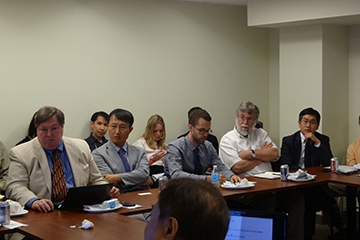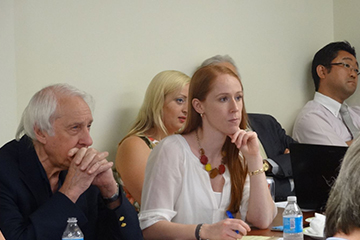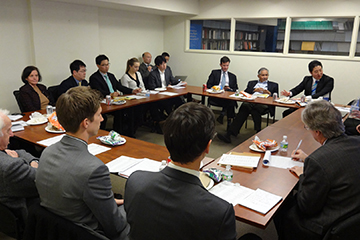Key Issues in Korea's Nuclear Power Industry Today
October 10, 2017
Prior to 2001, KEPCO was a vertically integrated state-owned enterprise involved in all stages of Korea's electricity industry. Central planning essentially determined the fuel type, size, and location of all generation, in addition to long term plans for supply and demand. In 2001, the electricity sector was restructured, injecting competition into the generation stage-multiple generation companies owned by KEPCO competed with generation companies affiliated with SK, GS, POSCO, and Samsung, as well as hundreds of smaller entities. However, KEPCO maintained its monopoly over transmission and distribution, and the proposed liberalization of the electricity retail market was never fully realized. A hybrid market structure has thus emerged, with competition co-existing with government involvement. This uncertain environment has created significant challenges for KHNP and nuclear generation in Korea, and may have been a contributing factor to recent issues regarding the nuclear vendor and procurement market. Nevertheless, there are reasons for optimism for the Korean nuclear industry—overseas markets present opportunities for expansion, and continuation of restructuring would assist entities like KHNP with more rational pricing and means to pursue greater profitability and capital cost recovery.







